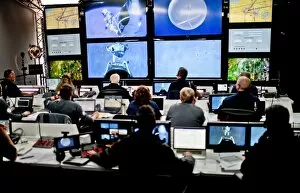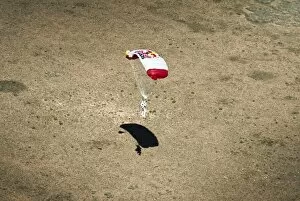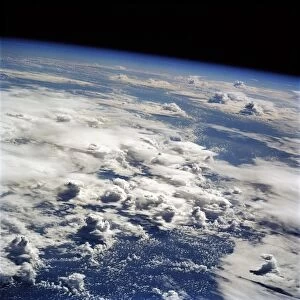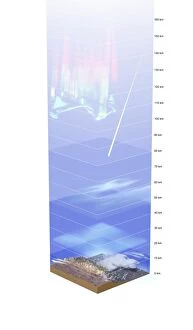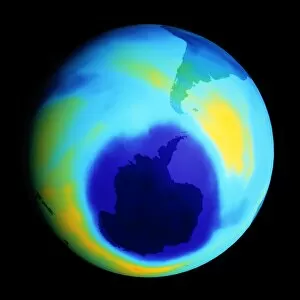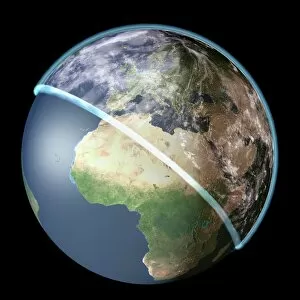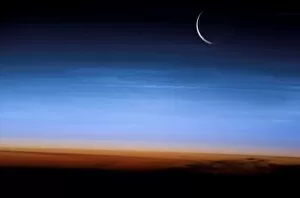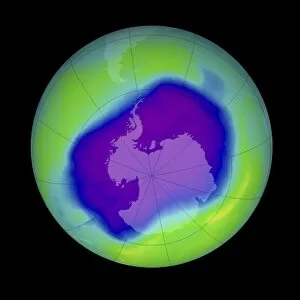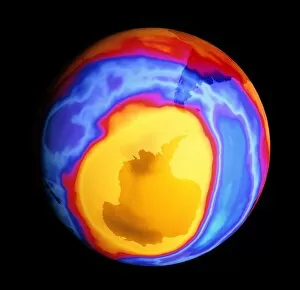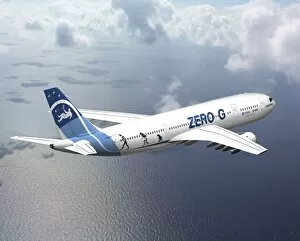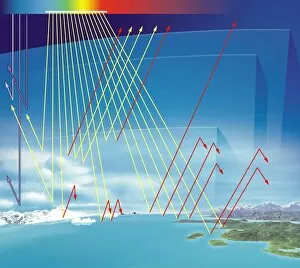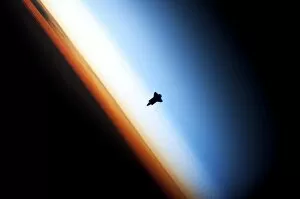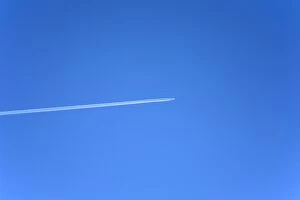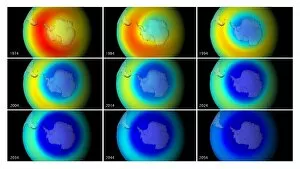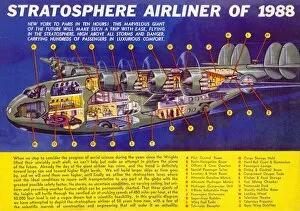Stratosphere Collection (#3)
"Reaching New Heights: Exploring the Stratosphere" The Stratosphere, located in Las Vegas, Nevada, United States of America
For sale as Licensed Images
Choose your image, Select your licence and Download the media
"Reaching New Heights: Exploring the Stratosphere" The Stratosphere, located in Las Vegas, Nevada, United States of America, is not just a renowned hotel and casino but also a term that holds significant scientific and historical value. From the iconic Sahara Las Vegas to the captivating sights of St Kilda cleits in Scotland, this caption takes you on a journey through various stratospheric wonders. As night falls over Las Vegas, the dazzling lights of downtown illuminate the sky alongside the towering presence of the Stratosphere. A symbol of both entertainment and exploration, it reminds us that there is more beyond what meets the eye. Looking back at history, we witness pivotal moments like Felix Baumgartner's mother Eva watching him embark on his record-breaking jump from space. This feat echoes earlier achievements such as NASA's Space Shuttle Endeavour soaring above Earth in 2010 or humanity's first ascent into the stratosphere captured in an evocative black-and-white photograph from May 28th, 1931. Intriguingly named "Stratosphere Explorers, " individuals throughout time have dared to venture into this mysterious realm. Vladimir Grigoryevich Yung's depiction of The Stratosphere Balloon in 1935 transports us back to an era where curiosity knew no bounds. Even at great heights within our atmosphere lies beauty unseen by many. Clouds floating gracefully at 39, 000 feet north of Stavanger offer a glimpse into nature's artistry as seen from aboard a DC-8 plane. Lastly, we are reminded that humans have long sought ways to explore this ethereal domain with photographs capturing travellers venturing an astonishing 14 miles up into the stratosphere during their expedition in 1935. The concept encompasses not only physical locations but also human ambition and scientific progress.

